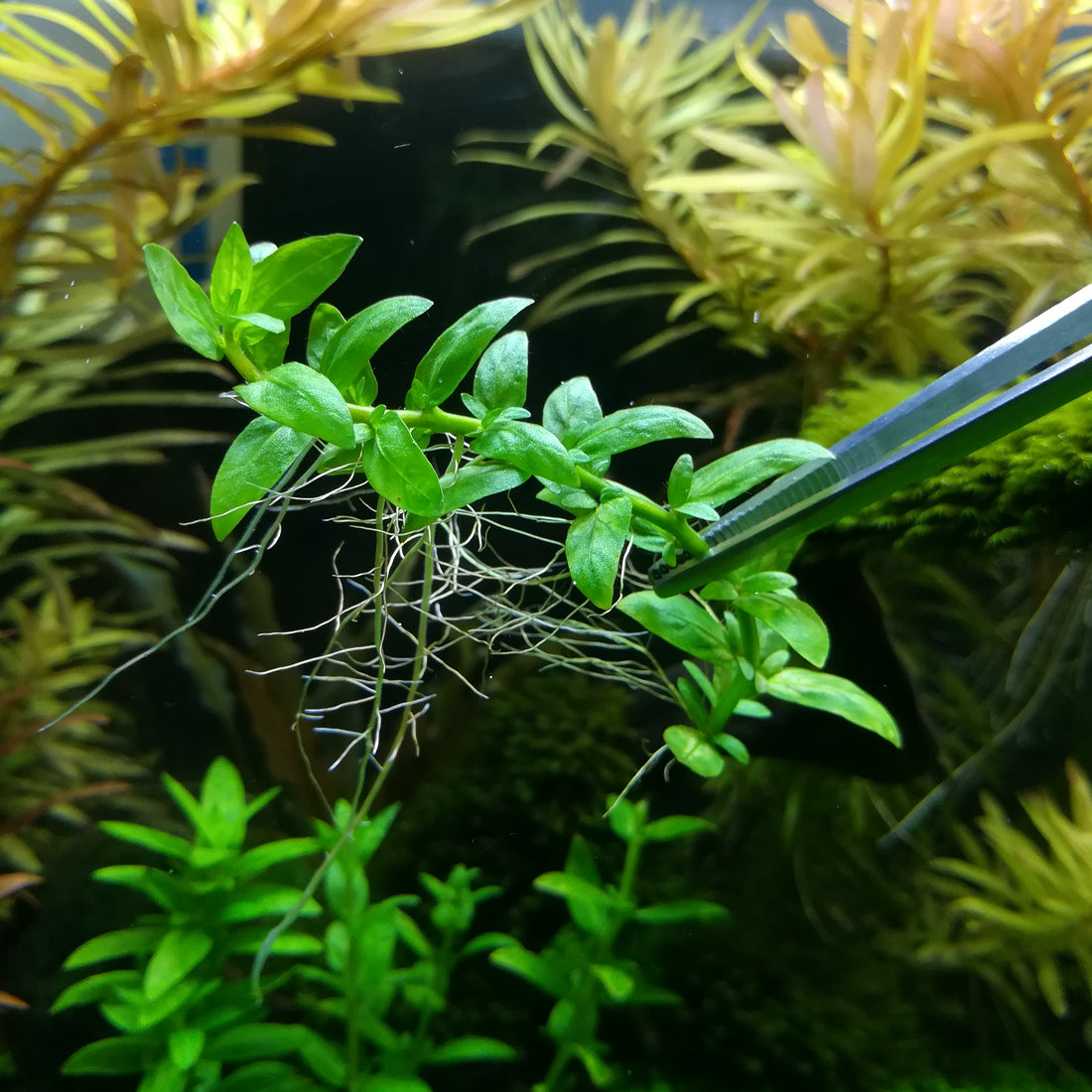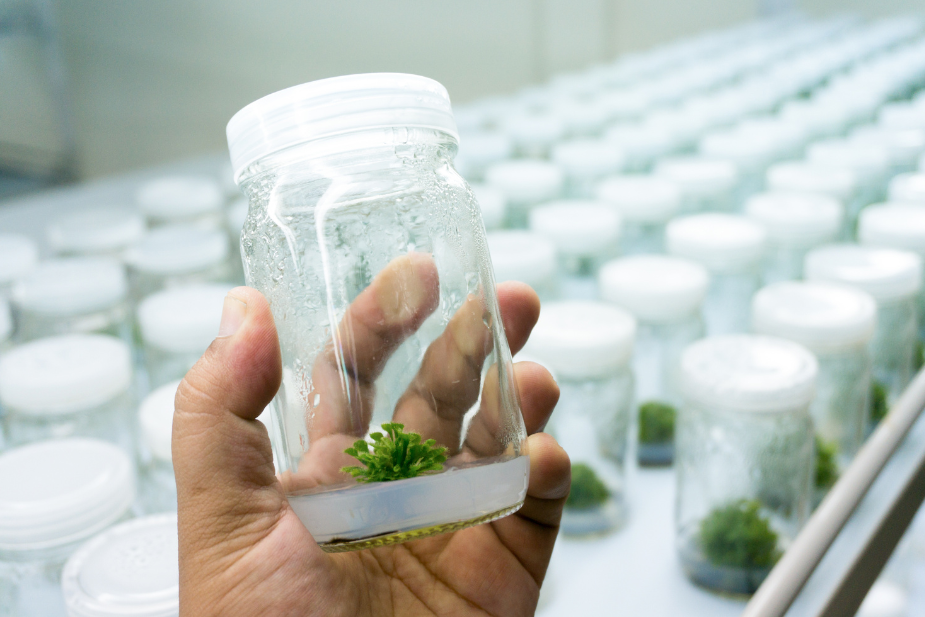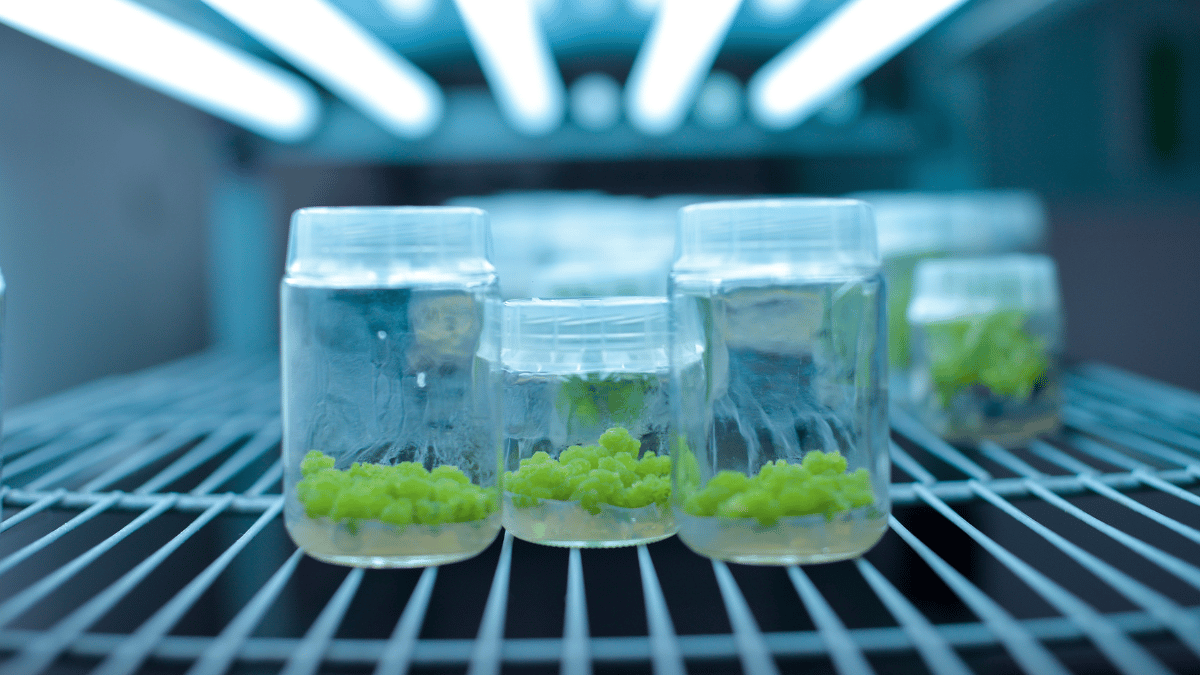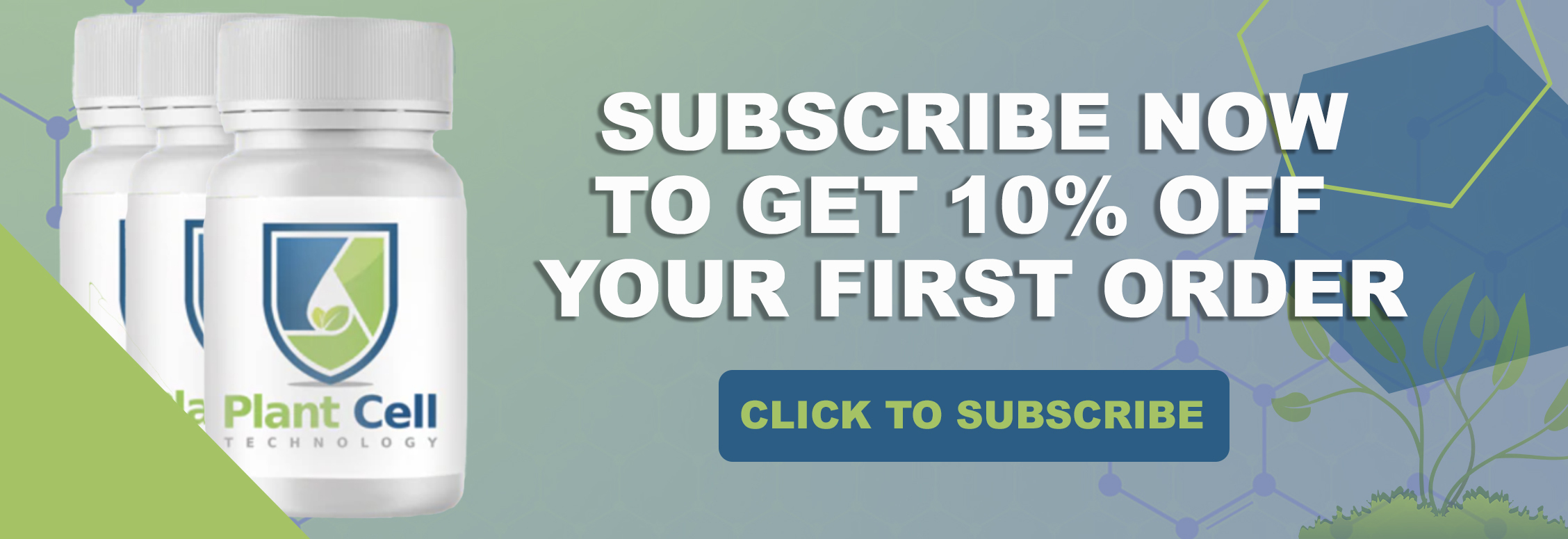
Aseptic Techniques & Sub-Culturing of Staurogyne repens

One of the most common problems in tissue culture lab that cost us labor, money, and productivity of our cultures is “contamination”. The other problem is that the source of this contamination is not fixed. The microbes, invisible to naked eyes, can attack and invade our cultures through any tools, chemicals, explants, or even our hands! And you won’t realize until they multiply in numbers and form large colonies on the media. Now, you will ask, what can you do about it? How can you save your lovely cultures from this alien attack!
The first requirement while performing tissue culture is a “sterile environment”. You must sterilize your equipment, media, explants, culture area, hands, etc. However, different tools and materials require different techniques for their sterilization.
So, this article brings you an introduction to aseptic techniques and their use in subculturing the Staurogyne repens. You can watch the whole process in action in the above video.
Aseptic Techniques
These are techniques or procedures that aid in preventing contamination from our cultures. Different types of aseptic techniques include dry heat, wet heat, ultrafiltration, chemical sterilization, antibiotics, and PPM™.
How do these techniques work?
- Dry Heat: This technique is used to sterilize equipment like glassware and metal instruments without using extra moisture.
- Wet Heat: This technique involves autoclaving, which acts as a pressure cooker and produces heat to sterilize equipment, paper products, glassware, and liquid substances.
- Ultrafiltration: This is the best method to sterilize the media because it doesn’t allow any reaction between media components during the process. Membrane filtres used in this method have micro pores in them that restrict microbes from passing the filter.
- Chemical Sterilization: Use 70% isopropanol to sterilize the instruments and working area. However, use calcium chlorite or sodium chlorite for surface sterilization of the starting material or explant. You can also use PPM for this purpose (The best part: it doesn’t damage your explants).
- Antibiotics: Antibiotics are not recommended for the tissue culture process as they negatively affect the growth of cultures.
Now, you may ask “then how do we protect our cultures?" The answer is PPM™.
- Plant Preservative Mixture (PPM™): It provides all-round protection for your cultures independent of contamination source (air, water, human contact, endogenous, etc.)!
Use of Aseptic Techniques While Subculturing Staurogyne repens
PCT created a video on this subject (above and on our YouTube channel) to show you how these techniques are used to subculturing of Staurogyne repens.
Staurogyne repens
These are freshwater plants, native to South America, and the most popular plant in the world for indoor aquariums. The aquatic plant belongs to the family of Acanthaceae, which contains three thousand members of different plant species.
Because of the the woody nature of the Staurogyne repens, they require less maintenance and thrive well in the tank. Additionally, these plants reduce the nitrate concentration in the tank and oxygenate it well, helping to keep the tank and its fished in good health.
Picture credit:
https://www.aquasabi.com/Staurogyne-repens-in-Vit...
Classification
Class: Dicotyledonous
Order: Lamiales
Family: Acanthaceae
Genus: Staurogyne
Species: S. repens
Because of the popularity of this decorative plant to create landscapes in aquariums, it has become a commercial interest in the market. Traditional tissue culture techniques are an efficient way for mass production of these plants. However, further research is needed to design a technique that helps these plants accompany the flora of lower plants (like algae).
Subculturing and Sterilizing Process
- Sterilizing the culture area: Clean the working area using 70% isopropyl alcohol or ethanol. You can use a paper towel to wipe the surface of the hood or plastic container.
- In the absence of a laminar flow hood, you can use an air filter, which should be turned on at least 30 minutes before starting the experiment.
- To sterilize your metal equipment, like forceps, use a glass bead sterilizer at above 250 ℃ or use a bunsen burner (PCT will be creating another video on this subject so stay tuned our YouTube channel).
- Take the cultured Staurogyne repens for the subculturing process.
- Use 70% isopropyl alcohol or ethanol to sterilize your hands. (NOTE: Always wear gloves while working with glass bead sterilizer however it should be avoided while working with bunsen burner.)
- Take out the forceps from the glass bead sterilizer and cool them down in the media. However, if you have access to a laminar flow hood, you can let the process occur naturally.
- Then, using forceps, split the plant into smaller explants. (NOTE: you only require one starting plant/explant during culture to create a whole new plant.)
- In between the splitting of plants, sterilize your forceps in the glass bead sterilizer for 10-15 seconds.
- Split the plant as per your requirement (i.e. how many plants you need to propagate). In the video, only five cultures were needed so the plant is divided into only five parts.
- You can use a sterile plant for ease of cutting and a knife to make the process faster (personal preference).
- When you are done, remove the beads from the glass sterilizer, place the lid on it, and turn it off.
- To ensure there is no left-over contaminant in your culture area, wipe the surface with alcohol so it’s clean for the next use.
- At last, turn off the air-filter and do not forget to label your culture containers before you go!
- Keep an eye on your cultures and regularly visit them to ensure your clean and healthy cultures.
At Plant Cell Technology, we are committed to helping our customers with their culturing processes as much as possible. This video was an initiative to educate our customers on the use of aseptic techniques and subculturing of Staurogyne repens.
PCT (Plant Cell Technology) has it’s own tissue culture labs where we test the efficiency of products and design the protocols for culturing different plants in a laboratory environment.
Along with providing tissue culture services and equipment, PCT is also taking steps toward creating informative videos to help and educate its customers. So, don’t forget to check out our Plant Cell Technology website and our YouTube channel “PlantCellTechnology” for more how-to videos. And don’t forget to subscribe to the channel so you don't miss any future videos from PCT.
Do share your views on the video and content with anjali@plantcelltechnology.com. And if there is any specific tissue culture topic/subject you want us to make a video about, let us know at the given email. We will do our best to bring you what you want!
References
Blog Categories
View by Level
Popular Blogs

DKW Media: Definition, Use, and Applications
Introduction In vitro plants need nutrients to grow in a lab environment. These media are composed of micronutrients and macronutrients...
Read More
Callus Culture: Definition and Applications
Introduction Tissue culture is not just one technique! Yes, you heard right! As you know, tissue culture is an advanced...
Read MoreSubscribe to Our Newsletter








Join the conversation
Your email address will not be published. Required fields are marked